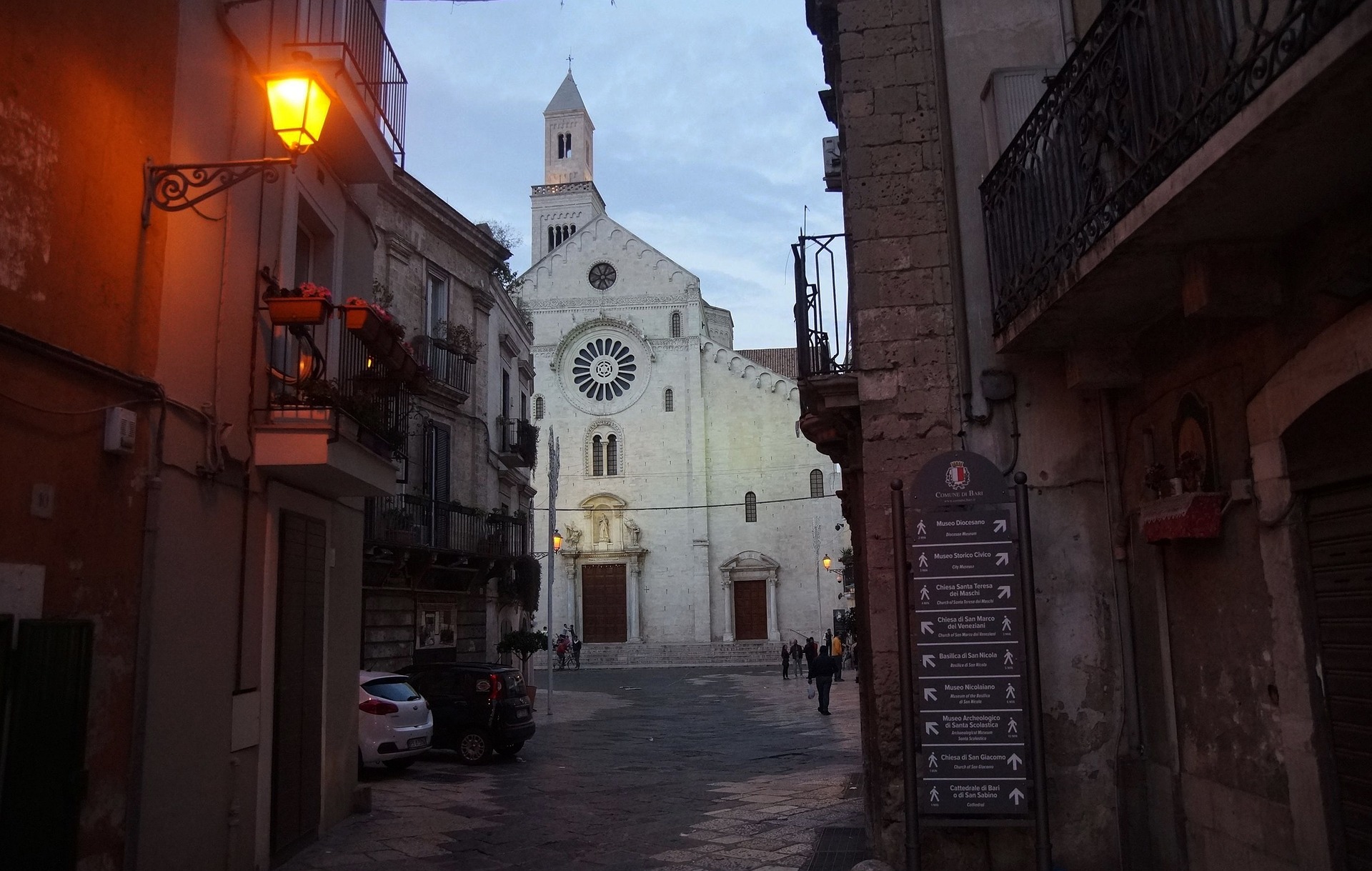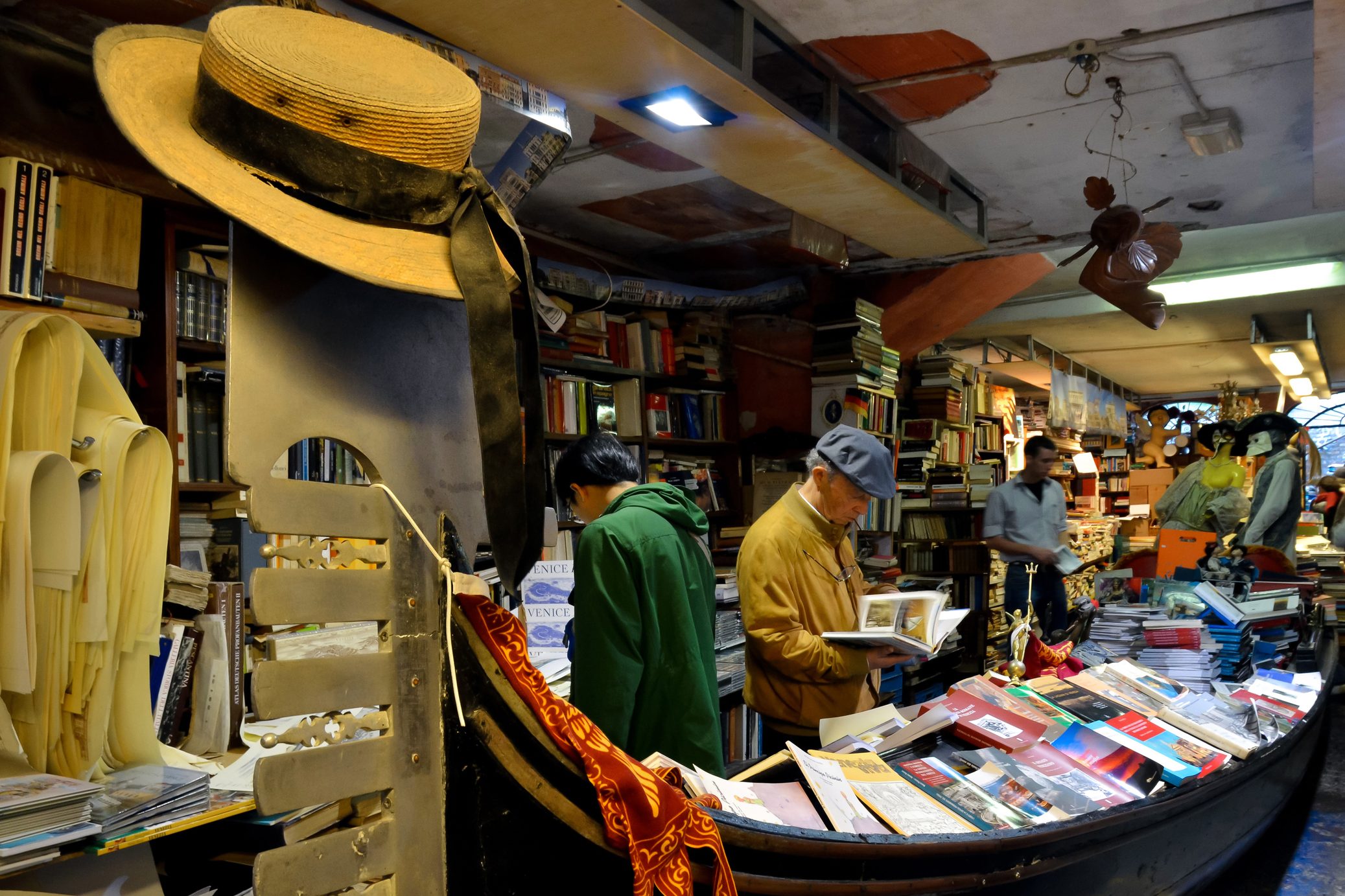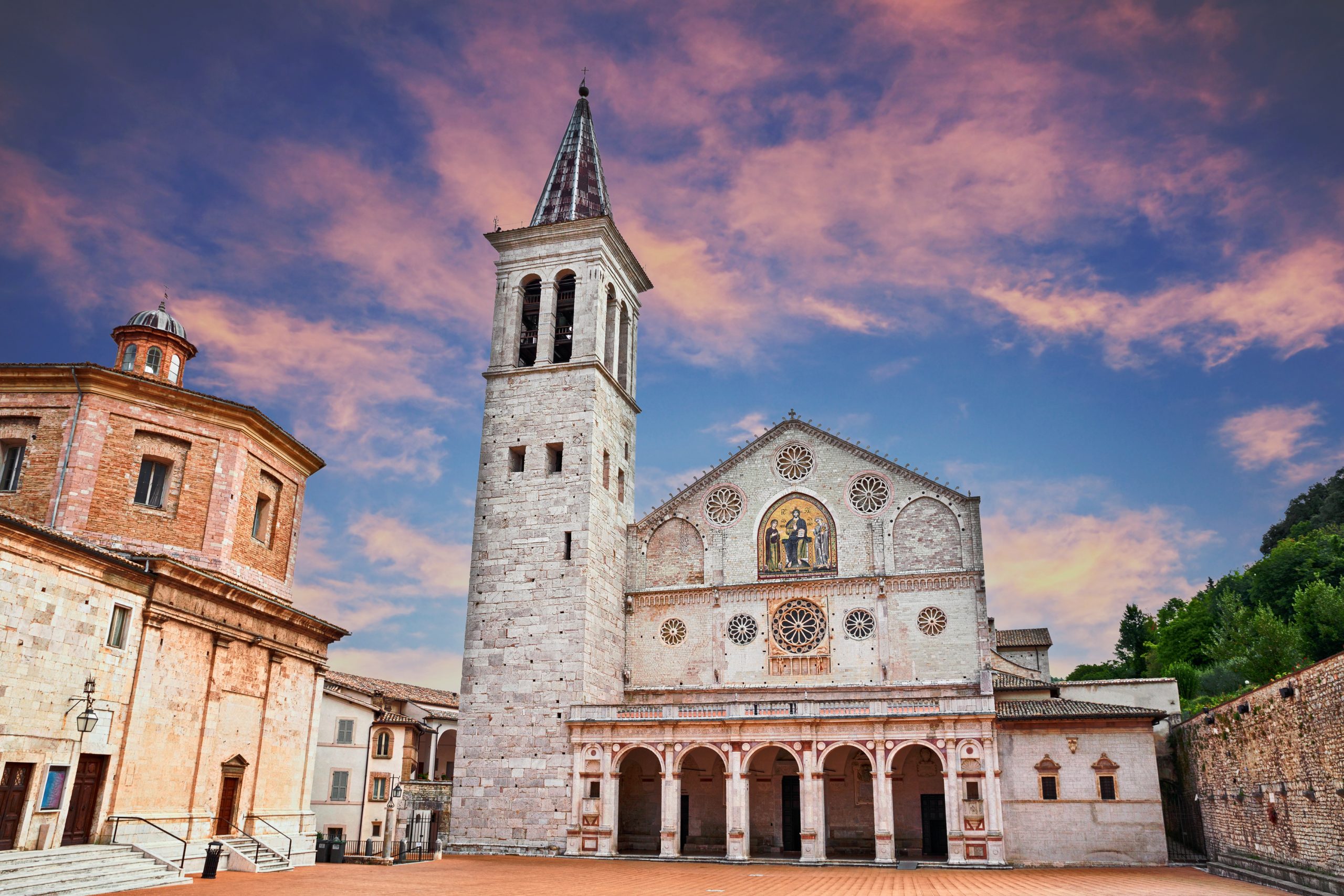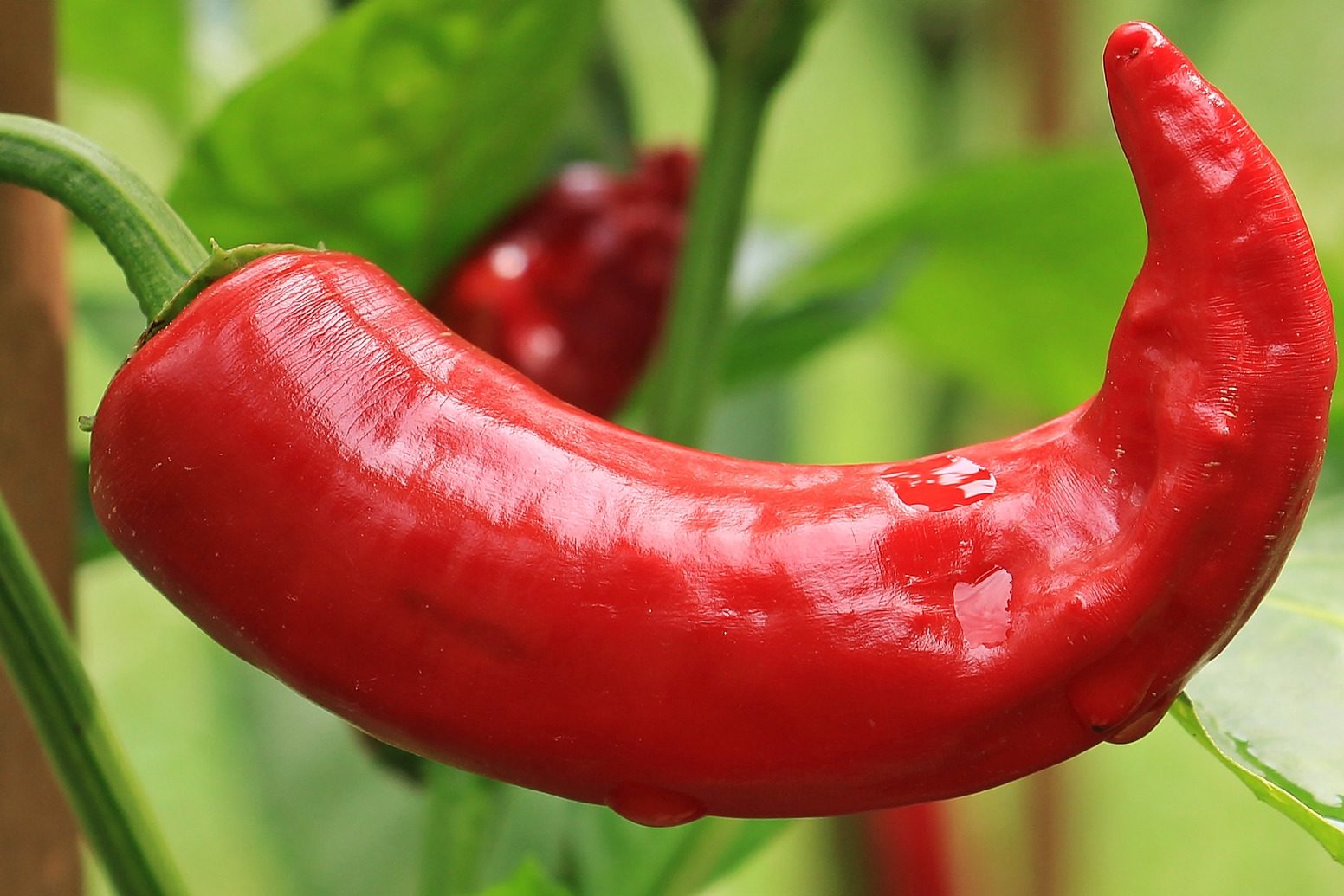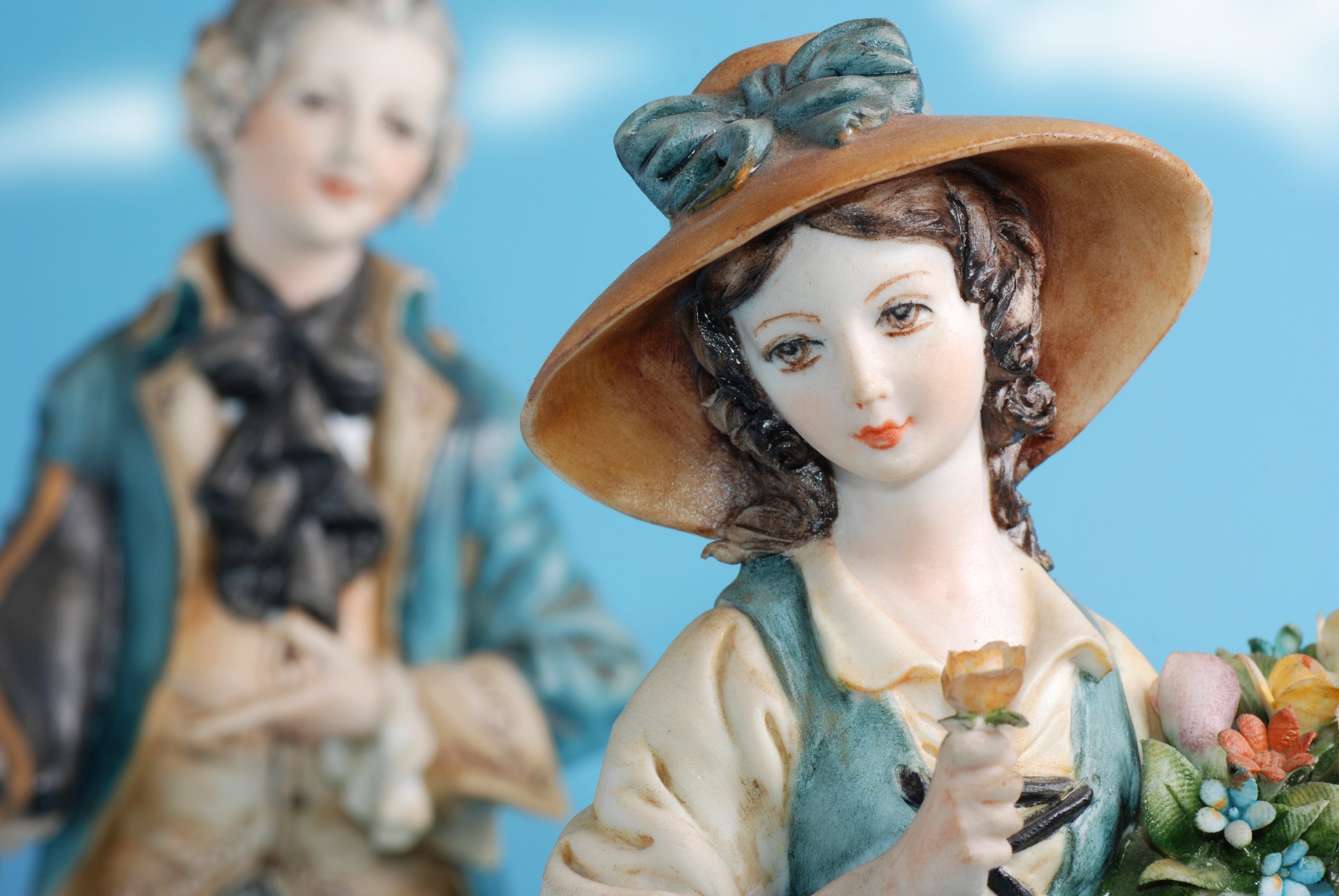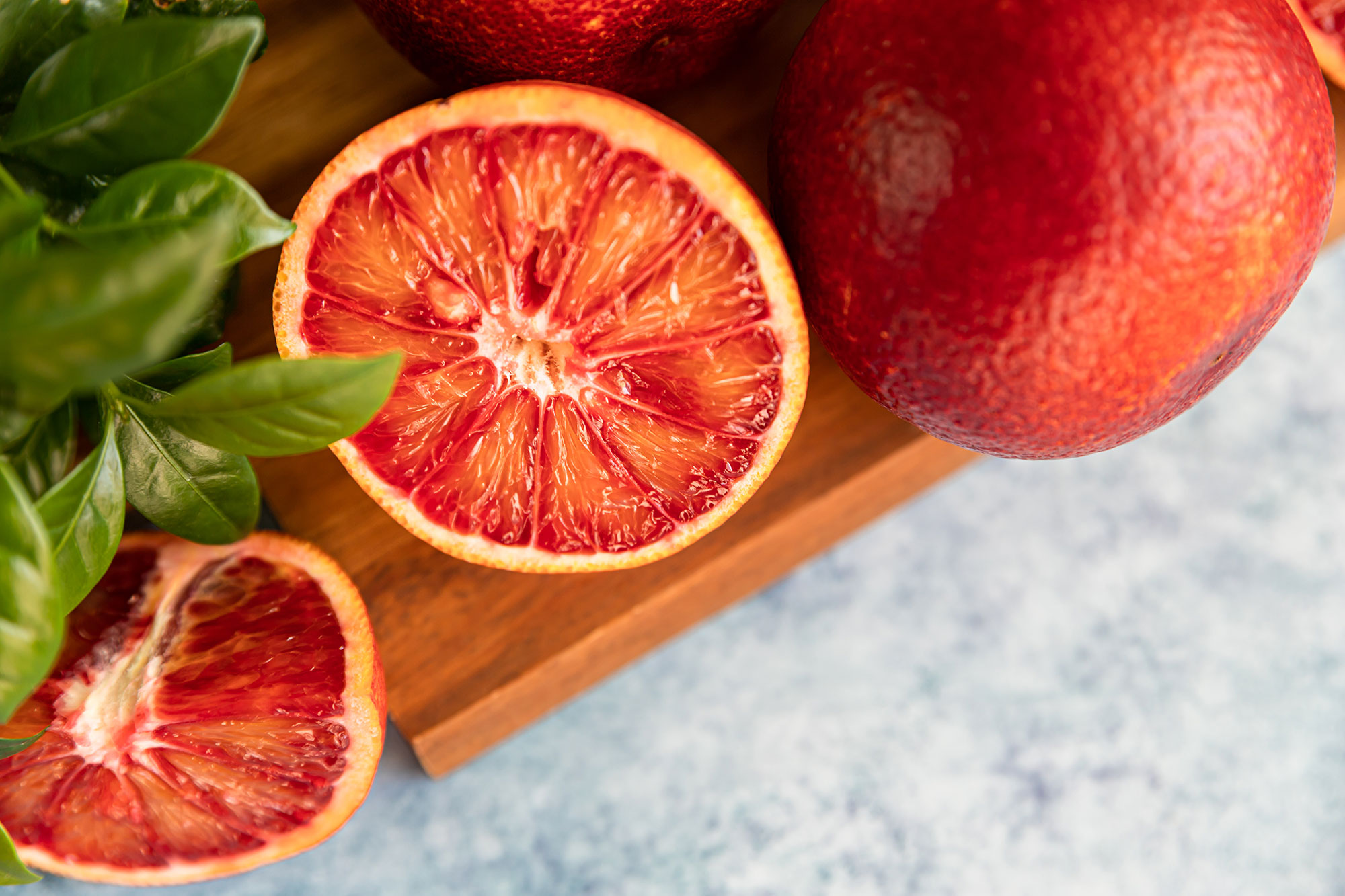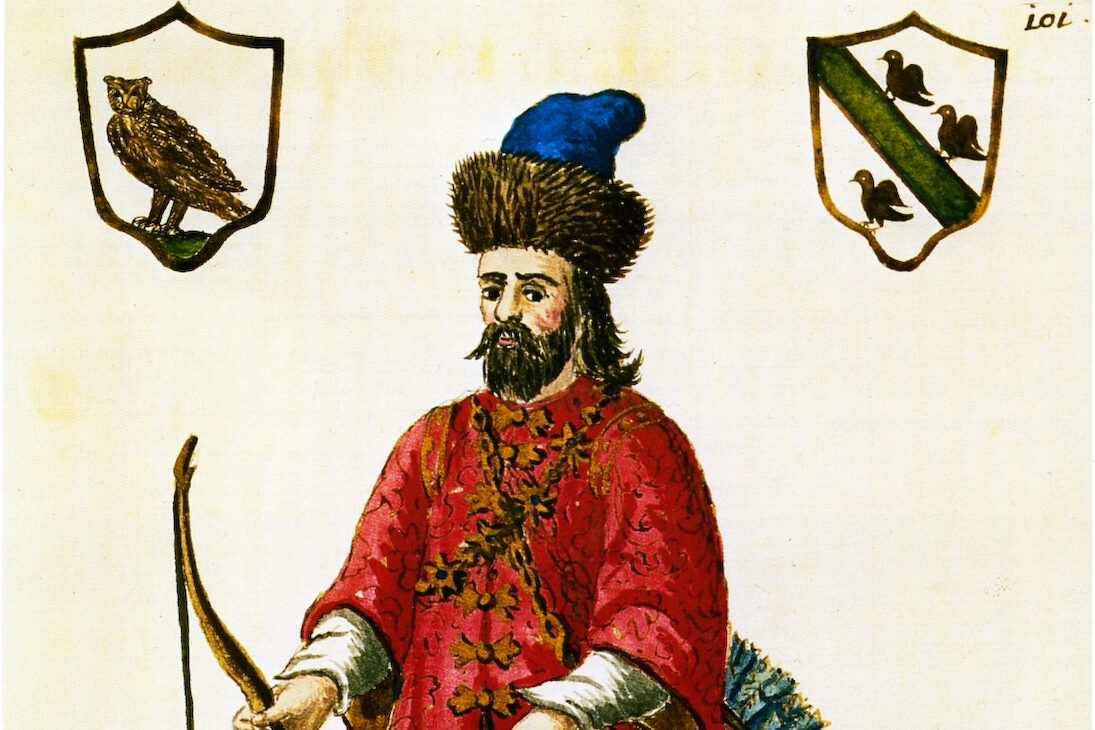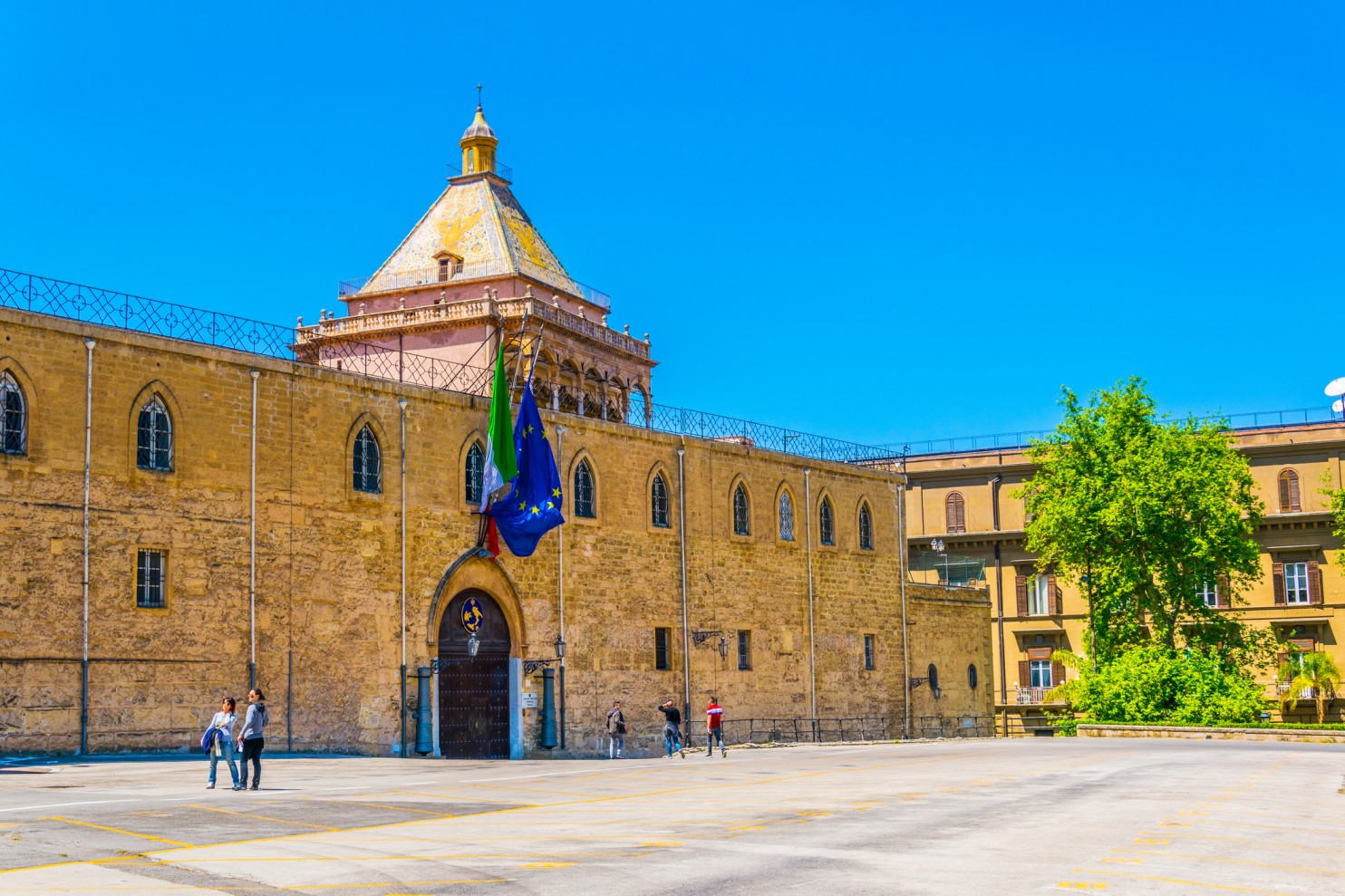Beautiful, vibrant and lively, the city of Bari, with its magnificent views of the Mediterranean, is a must-see when traveling through Southern Italy. Capital city of the Apulia region, it offers a laid back atmosphere, tons of impressive art and architecture sites, and many culinary delights for those seeking to live the bella vita.
One of the town’s most popular and most visited sites, the Basilica di San Nicola was built between 1087 and 1197, during the Norman domination of the region. Its foundation has an interesting history, as it’s related to the stealing of the relics of St. Nicholas from their original shrine in the city of Myra, in Turkey.
The famous orecchiette, ear-shaped pasta
When the town was conquered by Saracens, some thought it would be wise to move the saint’s relics to a safer location and on May 9, 1087, they were safely landed at Bari. Such was the importance of the relics, a new church was built to shelter them: the Basilica was consecrated in 1197, and, despite its religious importance, it has a rather square appearance that makes it look like a castle. The church houses one of the most impressive Romanesque works of southern Italy, a bishop’s throne, as well as precious mosaic pavements in the crypt and presbytery.
The Duomo di Bari, dedicated to San Sanbino, is also a beautiful example of Apulian Romanesque style and its façade features an 11th century rose window that is worth seeing.
The Castello Normanno Svevo, Bari’s castle, is said to have been built by Ruggero the Norman, and dates back to 1131 AD. After being attacked and partially destroyed in 1156, it was refurbished and rebuilt by the Swabian Emperor Frederick II between 1233 and 1240, keeping the previous plan and the remains of the trapezoidal shape structure of the external walls and of the towers.
Nowadays, it houses the “Gipsoteca” and hosts important temporary art exhibitions: it’s open to the public daily and can be visited alone or as part of a guided tour. For more information: www.puglia.beniculturali.it. Art buffs can also visit the Pinacoteca di Bari, Apulia’s most important art museum featuring a large collection of Medieval masterpieces, Venetian 15th century paintings, antique apparel and modern and contemporary paintings from Tuscan, Apulian and Neapolitan artists.
As interesting Bari’s history is, even more captivating is taking a walk through Bari Vecchia – Bari’s old town. This maze of streets and alleys was until fairly recently considered a rather dangerous area by many of Bari’s residents because of the high levels of petty thieves that roamed its streets. However, it has gone through a dramatic redevelopment, followed by the opening of many pubs, bars, restaurants and other venues, which turned it into the ideal spot for those seeking a good meal, a drink or some exciting nightlife.
Bari’s gastronomy is also a good reason to visit the town: Apulian cuisine is one of Italy’s most beloved, and features local fresh products such as exquisite olive oil, handmade cheeses and great wines. The famous orecchiette, ear-shaped fresh pasta, are an absolute delight: order them with meatsauce, usually made with lamb and pork, or, for an even more traditional treat, with cime di rapa, sautéed broccoli rabe with crushed red pepper and garlic.
Of course, because of its proximity to the sea, Bari’s cuisine is also heavy on seafood, especially when it comes to sea urchins and mussels, featured in one of the most popular local dishes of rice, potatoes and mussels. For a good and fresh seafood dinner, try Black & White, right in the city center (http://www.blackandwhiteristorante.it) while, if you are looking for something different, the Braceria Rosmely sells, prepares and cooks the best grilled meat in town (http://www.braceriarosmely.it) in a friendly and laid back atmosphere.
